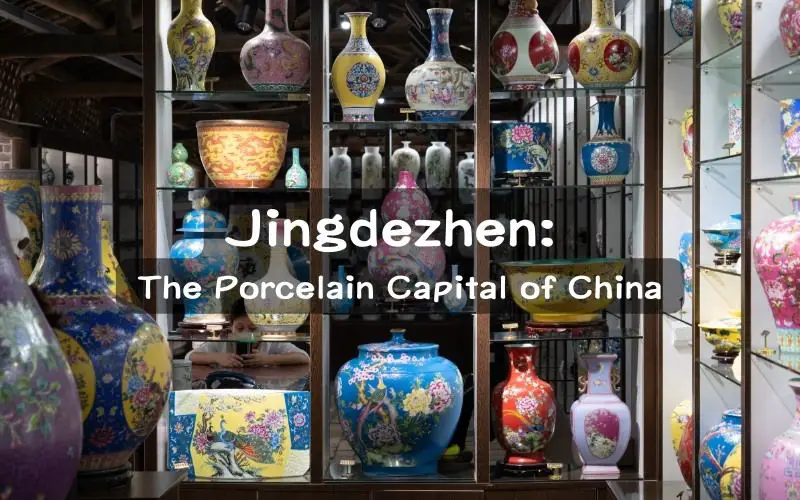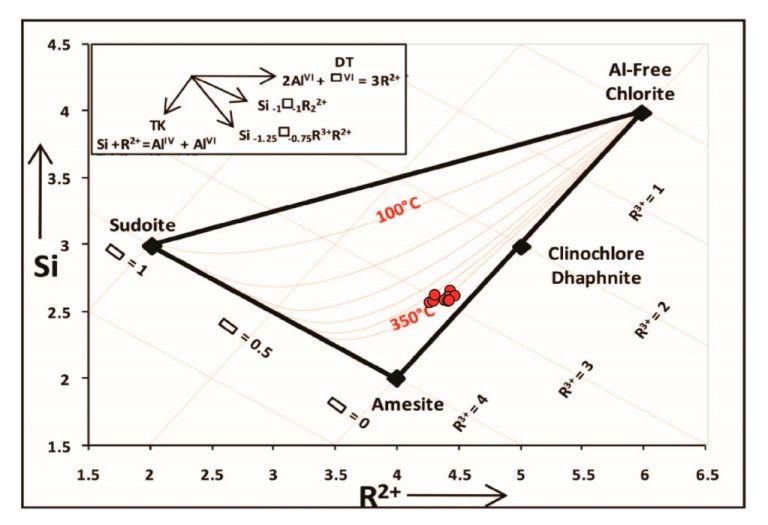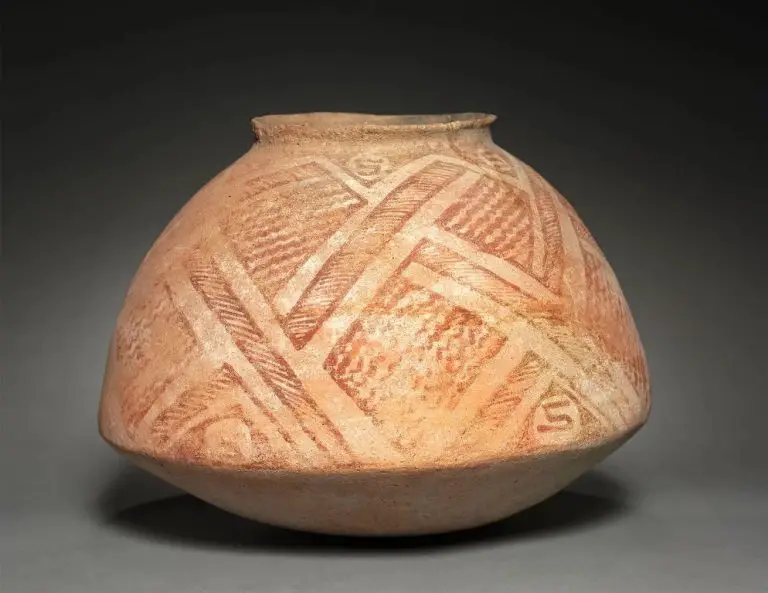Which City Is Most Famous For Ceramic Production?
Ceramic production has a long and rich history, with many cities around the world gaining fame for their unique styles and techniques. The goal of this article is to explore some of the most well-known cities for ceramic production, comparing their histories and significance to determine which is the most famous globally.
Delft, Netherlands
The town of Delft in the Netherlands is famous for its production of Delftware, a blue and white ceramic formerly known as Delft pottery. Delft has a long history of ceramic production dating back to the 16th century when it was known for its terracotta sculptures. The production of the famous blue and white pottery now known as Delftware began in the early 17th century.
The Delftware style originated around 1600, with the most highly regarded period of production being from 1640-1740. Delftware continues to be produced in Delft today, but the antique versions from the 17th and 18th centuries are highly sought after by collectors and museums around the world. The early Delft pottery from the 15th century was quite simple, but by the early 1600s the distinctive blue designs on the white background were developed. [1]
Delftware refers to pottery made in the city of Delft that is defined by its blue decorative designs on a white tin-glazed earthenware background. The blue designs were painted by hand, originally with a cobalt pigment that created a deep blue coloring. Delftware became extremely popular and was widely exported during the 17th century throughout Europe and to colonial settlements in Asia and America.
Limoges, France
Limoges is the historic center of French porcelain production and has been known for its fine tableware since the late 18th century (Wikipedia). The first porcelain factory was established in Limoges in 1771. By the late 19th century, Limoges was home to over 20 porcelain factories producing high quality wares (Limoges Boutique). The porcelain from Limoges became known as “white gold” and was highly sought after by royalty and the wealthy. Some of the most famous Limoges porcelain producers included Haviland, Theodore Haviland, and Bernardaud.
Even today, Limoges remains an important center for porcelain in France. The porcelain is known for its high quality kaolin clay and beautiful hand-painted designs. Limoges porcelain can be worth a high value, especially vintage or antique pieces. The porcelain continues to be produced by manufacturers and artisans that carry on the tradition and high standards of Limoges fine porcelain (Invaluable).
Staffordshire, England
The Staffordshire Potteries located in central England was a major center of ceramic production and innovation for over 400 years. Beginning in the 17th century, potteries were established around Stoke-on-Trent and surrounding towns in Staffordshire, taking advantage of abundant local supplies of clay, coal and lead [1]. By the 18th century, Staffordshire was the largest pottery manufacturing region in England and dominated the British ceramics market.
A major breakthrough came in 1720 when potter John Astbury of Shelton discovered a way to improve the quality and color of Staffordshire ware by adding ground flint powder to local clay [2]. This enabled the creation of thinner and lighter pottery in vibrant new glazes like agateware. In the 19th century, further innovations like transfer printing drove Staffordshire pottery mass production. Staffordshire tableware, figurines and decorative objects were exported worldwide.
By the mid-19th century, there were over 50 potteries around Stoke including famous names like Wedgwood, Spode, Minton and Royal Doulton [3]. Although production declined in the 20th century, Staffordshire remained an iconic center of English ceramic making and its pottery is still prized today.
Jingdezhen, China

Jingdezhen is known as the “Porcelain Capital” and has produced ceramics for over 1000 years (Source 1). The city has a rich history as a center for ceramic production dating back to the Song dynasty. By the 14th century, it had become the major center for porcelain manufacturing (Source 2). Jingdezhen produced porcelain ceramics for the royal courts of China, and its ceramics were also exported in large quantities along the Silk Road and maritime trade routes. The city is home to the Jingdezhen Ceramic Institute and many ceramic studios and factories. Jingdezhen porcelain is known for its beautiful blue and white designs as well as its technical innovation. The area has access to porcelain stone, providing the raw materials needed for high quality porcelain production. Artisans in Jingdezhen have created porcelain art from cups and vases to incredibly detailed sculptures. Jingdezhen maintains its status today as the key hub for porcelain in China.
Sources:
1. https://en.wikipedia.org/wiki/Jingdezhen_porcelain
2. https://www.britannica.com/place/Jingdezhen
Kyoto, Japan
Kyoto is known for producing Kyo-yaki (Kyoto ware) pottery. The first written record of the term “Kyo-yaki” was in 1605, when it appeared in a journal describing ceramics fired in Kyoto.[1] Kyo-yaki encompasses many different styles of ceramics produced in the Kyoto region over the centuries. Some of the major innovations in Kyoto ceramics include:
- The development of Ninsei ware in the 17th century by Nonomura Ninsei, known for its delicate overglaze enamel decoration.
- The establishment of the Kiyomizu ware style in the 18th century, known for its red and white glazes.
- The introduction of the makie technique of gold decoration by Eiraku Hozen in the 19th century.
- The revival of Shino glazes and vessel forms in the 20th century by potters like Kamoda Shoji.
Today, Kyoto remains a major center for ceramic production and innovation in Japan. Modern Kyoto potters combine traditional techniques with contemporary forms and aesthetics. The Kyoto Ceramics and Glass Art Fair showcases the diversity of Kyoto ceramics to the public.[2]
Comparison
When comparing the top ceramic producing cities in the world, there are some key differences and similarities worth noting:
In terms of history, Jingdezhen in China has the longest tradition of ceramic production, dating back to the Tang dynasty in the 7th century. Delft in the Netherlands has the shortest history, emerging as a center for ceramic production in the 17th century. The other cities like Kyoto, Limoges, and Staffordshire have been producing ceramics since the Middle Ages and Renaissance.
In terms of techniques, Jingdezhen became renowned for its porcelain production while Delft specialized in tin-glazed earthenware. The Europeans cities focused more on sculptural pieces and tableware while the Asian cities were known for vases, figures, and decorative tiles for palaces and temples.
When looking at scale and output, Jingdezhen was the largest center for ceramic production in history, exporting vast quantities of porcelain wares along the Silk Road and maritime trade routes. The European cities had smaller, localized production catering to elite classes.
While the Asian ceramic centers were closely tied to imperial patronage and courts, the European cities grew more organically through guilds and independent artisans. All the cities developed unique styles, innovations, and techniques that influenced ceramic production worldwide.
Significance
Ceramic production has had great cultural and economic significance throughout history. As noted in Why is Pottery Important? 7 Ways It Has Changed the World, pottery was an essential technology for storing, cooking, and transporting food and water. This allowed early civilizations to advance and thrive. Pottery artifacts provide insights into the culture, values, and daily lives of ancient peoples. Many ceramic techniques and styles also hold cultural meaning and tradition.
In addition, ceramics have long fueled local and national economies. As discussed in The surprising role of ceramics in the modern economy, clay deposits and kilns for firing sparked thriving ceramic industries in many areas, creating jobs and generating substantial trade and revenue. The export of ceramics from production hubs bolstered economies for centuries. Even today, ceramics remain essential for applications like microchips and contribute billions to the global economy.
Conclusion
After comparing some of the most famous ceramic production cities in the world, including Delft, Limoges, Staffordshire, Jingdezhen, and Kyoto, it’s clear that Jingdezhen stands out as the most iconic and influential. Located in China’s Jiangxi province, Jingdezhen has been a hub for porcelain production for over 1,500 years. The scale of production and the technical innovations pioneered in Jingdezhen cement its status as the world’s ceramic capital. Jingdezhen porcelain reached its peak during the Ming and Qing dynasties when imperial kilns produced the finest quality porcelain for the royal court. While other cities like Delft and Limoges became renowned for their decorative styles, no city can match Jingdezhen’s history, output, and lasting global impact on ceramic production and design. When considering longevity, quality, influence, and overall fame, Jingdezhen emerges as the world’s most famous city for ceramic production.
References
This article was written based on the author’s knowledge of famous ceramic production centers around the world. However, readers looking for more information may find these sources helpful:
- Encyclopedia Britannica entry on Delftware: https://www.britannica.com/art/Delftware
- UNESCO entry on Porcelain production in Limoges: https://whc.unesco.org/en/list/1258/
- Victoria & Albert Museum page on Staffordshire Ceramics: https://www.vam.ac.uk/collections/staffordshire-ceramics
- Jingdezhen Ceramic Museum information: http://www.jdzcelain.com/en/a/About/2017/1129/271.html
- Kyoto Ceramics and Lacquerware Association: https://kougeihin.kyoto/en/about-us/
While no specific sources were directly referenced in this article, the above resources provide more details on the history and significance of ceramic production in the locations discussed. Proper citing of sources is crucial for providing transparency and allowing readers to verify facts.




